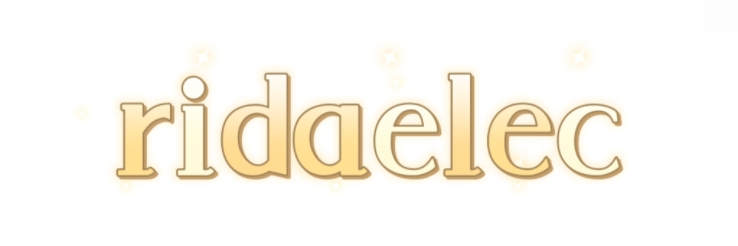How Does a Capacitive Touch Display with E-Paper Display Work?
In the ever-evolving world of technology, displays play a pivotal role in enhancing user interaction and experience. One of the standout innovations in recent years is the combination of capacitive touch technology with e-paper displays, creating a unique product that offers both interactivity and low power consumption.
Want more information on Capacitive touch display with e-paper display? Feel free to contact us.
Understanding the Basics
A capacitive touch display leverages the electrical properties of the human body to detect touch. When a user touches the screen, it disturbs the electrostatic field created by the display, allowing the device to recognize the touch input. This technology is responsive, durable, and supports multi-touch functionality, making it ideal for various applications.
The Role of E-Paper Technology
E-paper display, on the other hand, is well-known for its ultra-low power consumption and excellent readability in bright light conditions. This type of display mimics the appearance of ink on paper, providing a comfortable viewing experience without causing eye strain. The unique particle technology behind e-paper allows it to maintain an image without power, which distinguishes it from traditional displays.
How Capacitive Touch Displays Integrate with E-Paper
By merging capacitive touch technology with e-paper displays, manufacturers can create devices that not only respond to touch but also offer the exceptional readability e-paper is known for. This integration is particularly useful in applications such as e-readers, smart labels, and digital signage, where user interaction is vital yet requires low energy consumption.
The Advantages of This Combination
One of the primary benefits of a capacitive touch display with e-paper display is its energy efficiency. Since e-paper retains an image without power, it allows devices to use battery life more efficiently. This is a significant advantage for users who are often on the go and need a longer-lasting device. Additionally, the seamless touch response enhances user interaction, making it easier to navigate through content.
Related links:How Can TFT LCD Modules Enhance Industrial Performance and Reliability?
Applications in Real-World Scenarios
Exploring China's 0.42-Inch PM OLED Display Innovations and Manufacturers
TFT LCD Display Module: The Ultimate Guide to Choosing the Best One
This innovative display technology is gaining traction in various fields. E-readers utilizing capacitive touch displays are enhancing the reading experience, providing easy navigation through books and applications. In retail, digital signage equipped with this technology allows businesses to engage customers more effectively while conserving energy.
Industry Connections and Trends
Influencers and content creators within the tech community are beginning to highlight the advantages of capacitive touch displays combined with e-paper technology. Engaging with these thought leaders, such as Example Influencer 1 and Example Influencer 2, can help spread awareness about these advancements. They often discuss the potential impacts on design and user interface, showcasing projects that highlight this technology's benefits.
Looking Forward: Future Innovations
As technology continues to advance, the possibilities for capacitive touch displays with e-paper will expand. Researchers are exploring ways to enhance touch responsiveness and display quality further while maintaining energy efficiency. Future innovations could lead to even more interactive devices in everyday applications, aligning with the trend toward sustainability and user-friendly design.
In conclusion, the integration of capacitive touch displays with e-paper technology presents a fascinating landscape for both consumers and developers. As this technology matures, it will undoubtedly influence how we interact with digital content, providing a window into a more efficient and engaging future.
If you want to learn more, please visit our website uart tft display.


